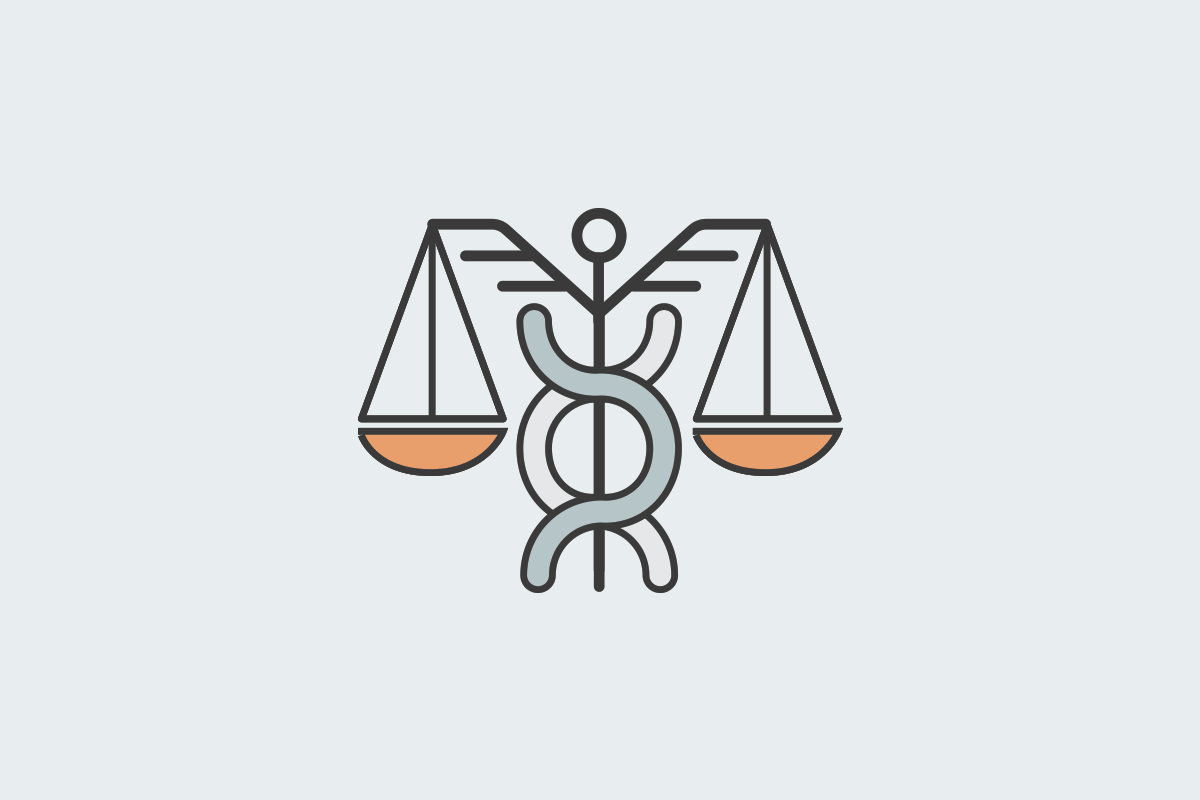It should come as no surprise that the spaces we occupy every day have a huge impact on our overall wellness. The Environmental Protection Agency and Vancouver Coastal Health report that Americans and Canadians spend about 90% of their time indoors. But what about the time we spend outdoors?
Your Welcoa membership has expired.
Back to School, Back to Work, and a New Kind of Anxiety
The following article does NOT constitute legal advice and should not be used as such. It is for educational purposes only. Readers should retain legal counsel to obtain definitive answers.
September 2020 marks the start of a new school year unlike any other. For many, summer is now over and it’s back to work and back to school, except some will be working and studying from home, while others are back to the office or campus. Employers and Academic Institutions must take note that since early 2020, many individuals have experienced very challenging circumstances. Some may have been sick from COVID19, or had family who contracted the virus, others may have lost employment or loved ones because of the virus, and still others may have been doing their best to manage raising a family without the usual support of community institutions, such as day cares, schools, medical centers or after-school organizations who had to close or limit access because of COVID19.
In other words, a large proportion of our population has faced extreme stress, and they are now returning to a world that is still nowhere close to being normal. It is incumbent on employers and academic institutions to quell those fears by implementing policies and procedures that provide a safe, flexible environment to account for the wide variety of anxiety levels being experienced by employees and students. Here are some legal risks to help employers and academic institutions understand their role in ensuring a safe return to normal in the coming months or year:
1. Americans with Disabilities Act (ADA)
Employers (including academic institutions as employers) must recognize that some employees may feel like their health is compromised and puts them at greater risk of getting sick from the COVID19 virus. These employees may seek special accommodations, such as continued remote work, until a vaccine or some other event signals that the risk of COVID19 transmission is very low. Under the ADA, employers should engage with employees to find a reasonable accommodation, which may be remote work or some other arrangement. See https://www.eeoc.gov/laws/guidance/enforcement-guidance-reasonable-accommodation-and-undue-hardship-under-ada. Failure to offer a reasonable accommodation, without causing undue hardship on the employer, could result in an enforcement action by the Equal Employment Opportunity Commission and/or a lawsuit by the employee.
2. Occupational Safety and Health Act (OSHA)
OSHA has produced guidance for employers to ensure the health and safety of its workforce. This guidance includes keeping workplaces clean, developing an infectious disease response plan, implementing workplace controls to minimize infection, recordkeeping requirements, among other steps. Indeed, COVID19 is a recordable illness and employers must record a COVID19 case if it:
- Is confirmed as a coronavirus illness;
- Is work-related as defined by 29 CFR s. 1904.5; and
- Involves one or more of the general recording criteria in 29 CFR s. 1904.7, such as medical treatment beyond first aid or days away from work.
See https://www.natlawreview.com/article/covid-19-employment-legislation-and-litigation-faqs.
According to an article by the National Law Review, OSHA intends to increase in-person inspections of workplaces of all types to ensure compliance with its enforcement guidance. Id. Also, there has been an increase in the number of COVID19-related complaints to OSHA. Between February 1, 2020 and June 17, 2020, OSHA received 6,113 COVID19-related complaints and state OSHA complaints totaled 13,629, for a total number of OSHA COVID19-related complaints of 19,742 in a five month period. Id.
Also, employers should avoid retaliating against employees who do complain about safety hazards at work. That is in direct violation of OSHA s. 11(c) and can be enforced by OSHA in federal district court. Indeed, many of the lawsuits that have arisen in the wake of COVID19 relate to safety in the workplace and retaliation for reporting safety hazards. See Id.
3. Employee Lawsuits
Although employees can’t bring a lawsuit under OSHA, they certain can file complaints with the federal or state-equivalent agencies. They can also bring lawsuits using other causes of action, like wrongful discharge, public nuisance or negligence. McDonald’s employees in Illinois did just that when they sued the company for failing to adopt sufficient policies involving masks and social distancing. The workers won the first stage of that lawsuit, leading to a court requiring the restaurant chain to provide better training and equipment to protect employees and their family members.
Conclusion
The above legal risks are just a sample of the potential legal pitfalls that exist in the era of COVID19. Employers and academic institutions must also be aware of ADA public accommodation law, age discrimination laws, and once a vaccine becomes available, religious freedom laws may come into play. But adjusting your workplace to accommodate COVID19 fears is not just about avoiding legal risks. It is also about creating a healthy environment, both physically and mentally for your employees and students. Providing a safe space is foundational to productivity. If employers and academic institutions are unable to provide that basic need at work and school, the whole point of being there disappears.
If you need help developing safe workplace policies and procedures, please contact the Center for Health and Wellness Law, LLC. We are here to help.

Barbara J. Zabawa
President of the Center for Health and Wellness Law, LLC
wellnesslaw.com
Health Promotion Program Legal Updates*
Every 3rd Wednesday from 10:00–11:00 AM CT
*This is an exclusive WELCOA Member Resource.




